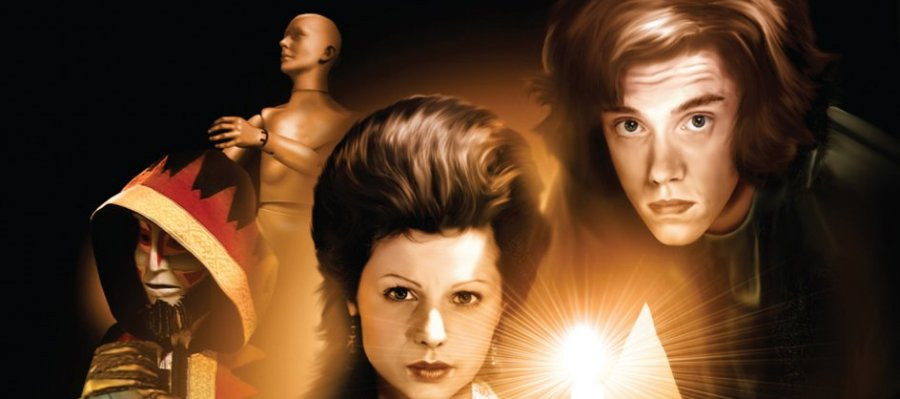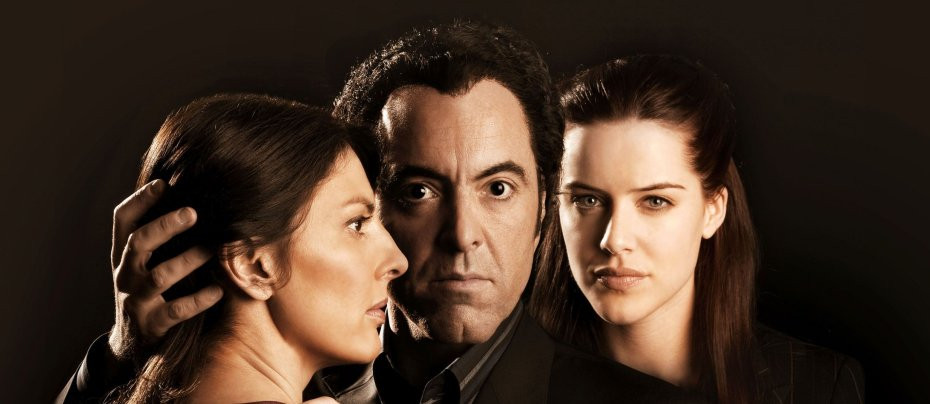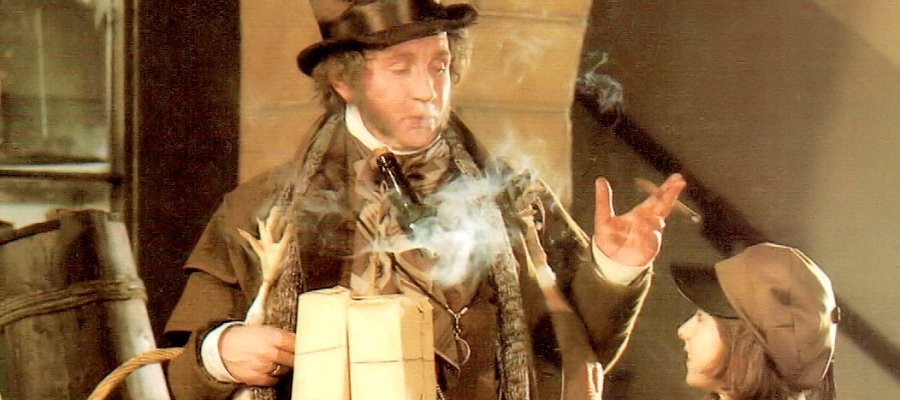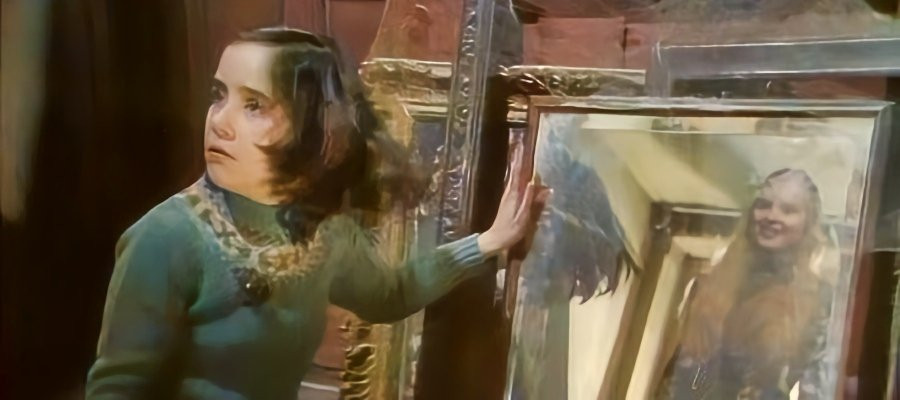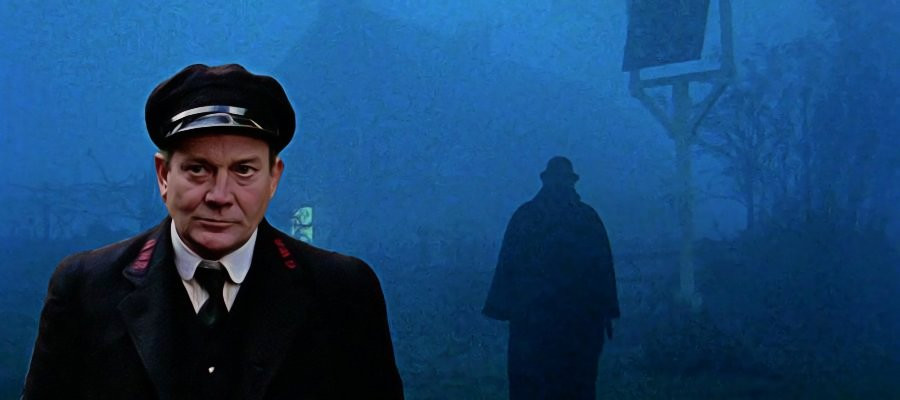
The Signalman
1976 - United KingdomFew adaptations of classic ghost stories have captured the eerie, oppressive weight of the supernatural quite like The Signalman, the 1976 television film written by Andrew Davies and directed by Lawrence Gordon Clark. Based on Charles Dickens’ unsettling 1866 tale and originally aired as part of the BBC’s A Ghost Story for Christmas strand, this 38-minute production has since been hailed not only as the finest entry in the series but as one of the greatest works of horror television ever made.
Departing from the M. R. James stories that had previously defined the series, The Signalman marked a deliberate shift—both in tone and source material. Producer Rosemary Hill and director Clark selected Dickens’ railway-set chiller as a transitional compromise: still period in appearance but exploring a more psychological, character-driven horror that set the stage for a new type of storytelling. It is the first in the series to display A Ghost Story for Christmas title before the episode's own, signalling a change in identity as well as form.

Denholm Elliott delivers a mesmerising, fragile performance as the titular signalman, a deeply isolated figure bound to his monotonous yet crucial post beside a railway tunnel. Into his world steps the Traveller (Bernard Lloyd), a curious outsider who is gradually drawn into the signalman’s haunted reality. As the ghostly figure—always appearing by the red danger light, with one arm over its face and the other waving in alarm—repeats its visitations, a sickening inevitability takes hold. The sense of dread is cumulative and inescapable.
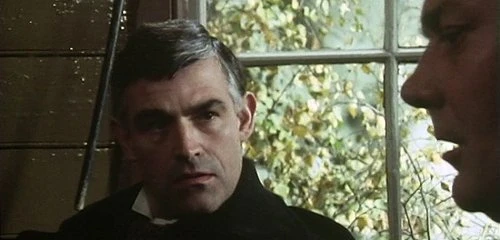
The ghost is no ghoul, no jumping terror, but an implacable omen—its every appearance a harbinger of disaster. The horror here is existential: the signalman's helplessness, his descent into mental torment, and the terrible burden of knowledge he cannot act upon for fear of ridicule or dismissal. Davies and Clark sharpen this theme of impotence with subtle stylistic choices—the distant cry of “Below there! Look out!” echoes like fate itself, while the red signal light serves as a persistent visual and thematic motif, a harbinger of death and the limits of human agency.
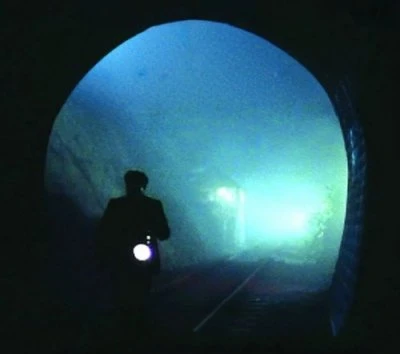
Filmed entirely on location on the Severn Valley Railway, The Signalman gains immeasurably from its stark, fog-drenched setting. The lonely signal box, the cold tunnel mouth, the bleak railway cutting—all reinforce a sense of entrapment. Shot on 16mm film rather than videotape, the production has a cinematic texture that enhances its period detail and otherworldly mood. This is a ghost story bound by realism but haunted by something intangible, conveyed through fog, silence, and sound.
The sound design is exceptional: the uncanny vibration of the signal bell—inaudible to anyone but the signalman—becomes a sonic spectre in its own right. Coupled with the persistent low hum of approaching trains and the quiet crackle of the fire in the signal box, the film's soundscape contributes as much to its oppressive tension as its script or performances.
Davies’ adaptation makes small but potent changes to Dickens’ original. Most notably, the Traveller is made a more ambiguous figure—his dreams of the ghost, and his facial similarity to the spectre, suggest he may be more than an observer. The climactic moment, in which the ghost’s gestures are revealed to mirror those of the train driver who kills the signalman, delivers a tragic irony that reverberates with psychological weight.
Though some of Dickens’ more nuanced prose is lost, the film compensates with its own visual grammar of repetition and foreshadowing. The result is an experience that is not just faithful to Dickens’ spirit but perhaps deeper and more resonant in its own right—a portrait of quiet madness, premonition, and futility.
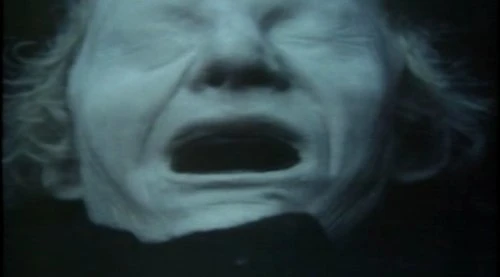
The Signalman is a masterpiece of restraint. Without gore, without overt spectacle, it achieves a level of dread and melancholy that lingers long after the final scene. In a series already rich with atmospheric adaptations, it stands alone for its quiet potency and devastating inevitability.
As writer and broadcaster Simon Farquhar aptly put it, it’s better than the book. That’s no small praise when the book in question is by Dickens.
★★★★★ (5/5)
A masterclass in atmosphere, adaptation, and psychological horror.
Seen this show? How do you rate it?
Seen this show? How do you rate it?
Published on August 1st, 2025. Written by Percival Wexley-Smith for Television Heaven.


